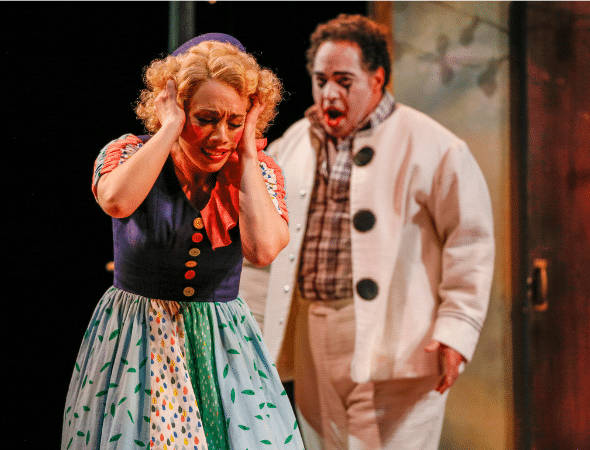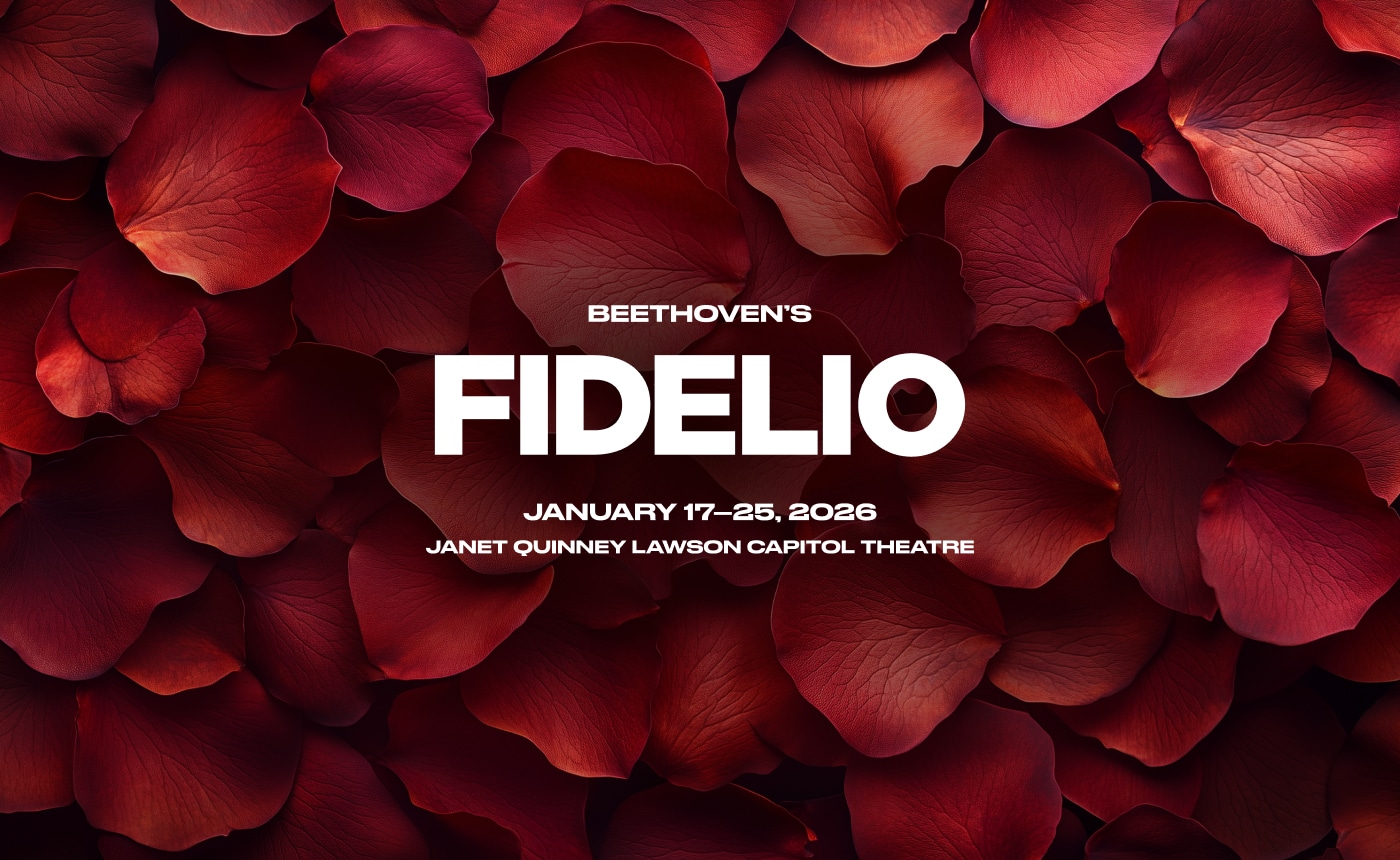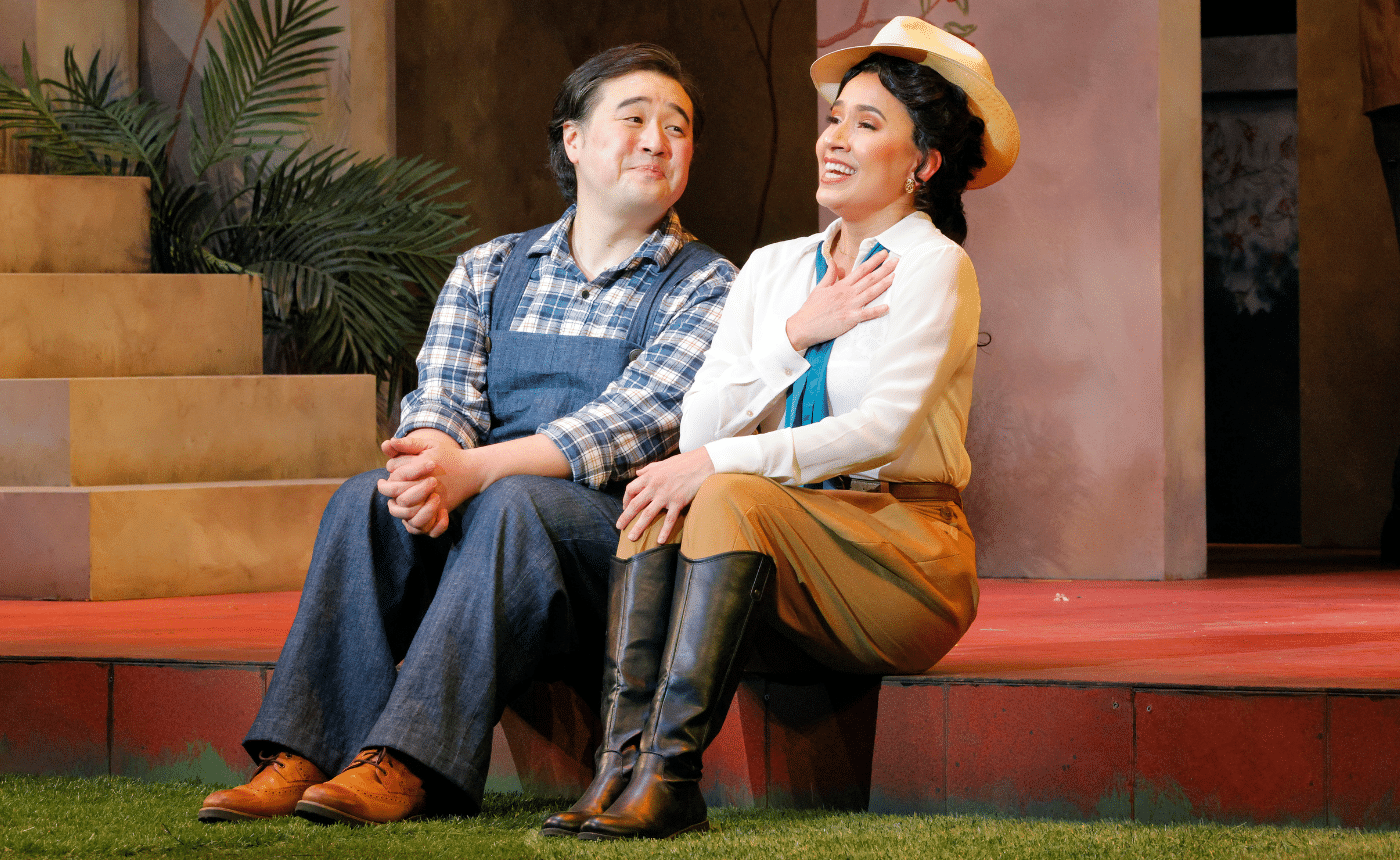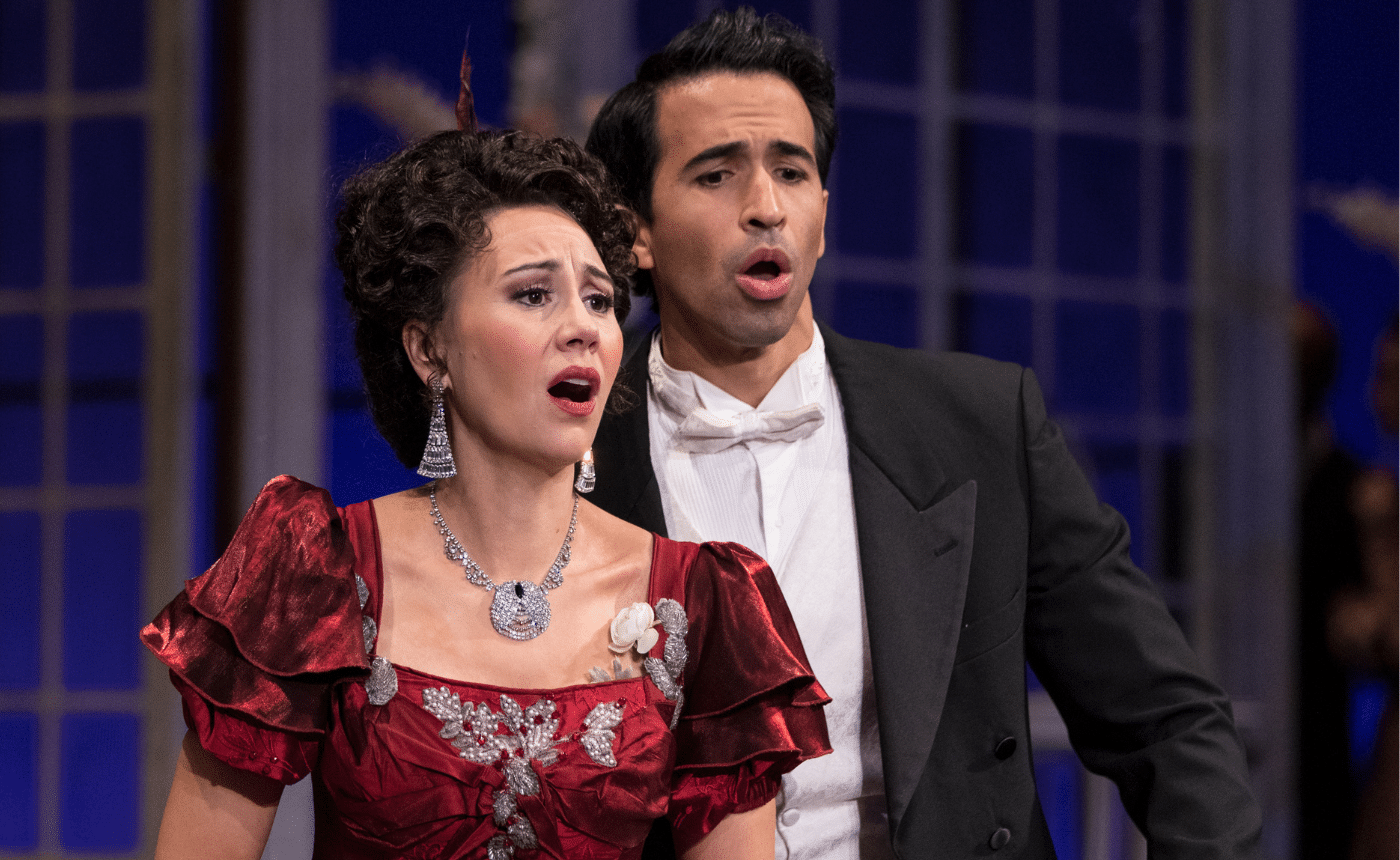PagliacciRipped from the Headlines: Jealous Husband Stabs Wife and her Lover!
As one of the seminal Verismo operas, Pagliacci is formally and thematically innovative. From its opening moments, as Tonio breaks the “fourth wall” to prepare us for the action to follow, Leoncavallo’s skills as a dramatist are clear. So we needn’t worry about unproven claims by Leoncavallo’s contemporaries that the story was derivative, a notion that provoked some lawsuits that went nowhere back in the day. But if Leoncavallo’s musical approach was new, the story was as old as marriage itself. It remains as topical as last week’s video stream.
As the son of an eminent police magistrate and judge, Leoncavallo was familiar with stories of jealous, vengeful lovers and their crimes of passion since childhood. So were his audiences. And if the story seemed familiar, opera’s troupe of comic actors were even more so. Itinerant theatricals were staples of small-town entertainment in 19th-Century Italy. Their players were instantly recognizable—standard characters enacting comic situations that could be traced back centuries, to the plays of Plautus and Terence. In the opera’s play-within-a-play, we hear these comic types referred to by their standard-issue IDs. For example, Nedda plays Colombina (a Columbine, always perky, always concealing ulterior motives); the male clowns are similarly recognizable as Pulcinellas or Arlecchinos (Harlequins) or, in Canio’s case, a Vecchio or a Dottore—an older, possessive husband. He plays Pagliacco, but they are all pagliacci—clowns. And, as Tonio and Canio remind us, they are all real human beings under all that make-up.

As Verismo emerged on the opera stage, crime stories were catching on in the popular press, adding resonance to Leoncavallo’s drama. “Penny dreadfuls” and “shilling shockers,” serialized stories and plays sometimes based on court records, were popular in England. Sir Arthur Conan Doyle’s master detective, Sherlock Holmes, made his first appearance in 1887, and his burgeoning popularity coincided with the premiere of Pagliacci in 1890. Just two years earlier, the grisly, sex-tinged crimes of Jack the Ripper had spurred a fevered intensity in the reporting genre we now call “true crime” just three years before the premiere of Pagliacci.
Today, Leoncavallo’s Pagliacci and Mascagni’s Cavalleria rusticana (“rustic chivalry”), along with Sherlock Holmes, have outlasted the fads that helped fuel their initial success. For decades, “Cav and Pag” were most often paired as a double-bill, but Pagliacci is increasingly performed on its own. After all, it does encompass a prelude and two acts. And for many opera fans, Pagliacci as a stand-alone opera provides the perfect amount of melody, passion, jealousy and murder for one evening.





